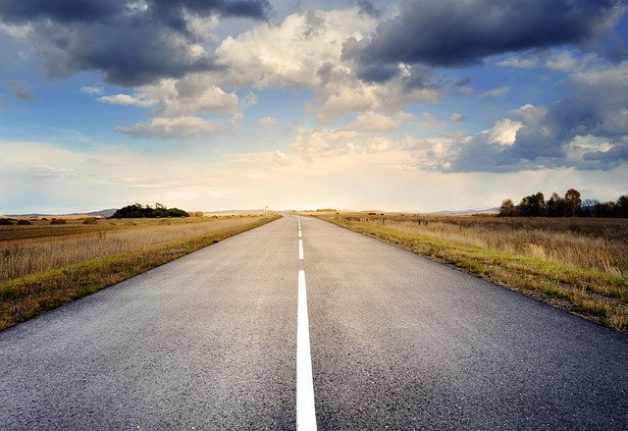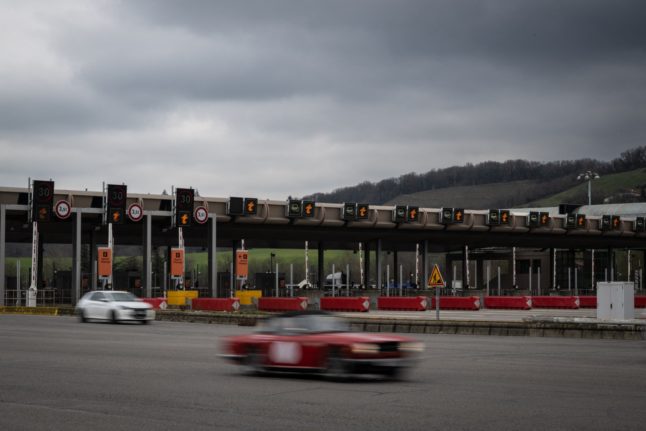******* Here is an updated version of this article from May 21st 2021********
Question: We want to go from Spain to the UK but it’s proving very difficult, can we drive and go via France instead?
The short answer to this question is that it may be possible in some circumstances, but don’t expect it to be easy – it will require plenty of PCR tests, forms, restrictions and extra expense.
From Spain
If driving from Spain, the first step is assessing whether you are allowed to travel out of your region or even your municipality, as movement in many areas is severely restricted.
For example, Catalonia has closed its borders and travel within the region is only allowed within different comarcas, not between them. Andalusia has also closed its borders, as well as the borders of each province within the region.
To drive between provinces and regions to even get to the French border in the first place, you will need to justify your reasons for travel and have a special form to allow you to pass through. At the moment, the main justifications are for work, for the purposes of study, to seek medical care or because you have to care for dependants.
To make things more complicated, each region seems to have its own forms for you to fill out in order to justify your journey and cross the borders. This is the one you will need to exit Catalonia.
Before you arrive in France, you’ll need a negative Covid-19 test carried out no more than 72 hours before departure. This must be a PCR test, not one of the rapid-result antigen tests.
You will also need a completed travel certificate from the French authorities – the ‘Attestation’ – explaining the reason for travelling through the country. Like in Spain these are specific such as for work, medical appointments or imperative family-related responsibilities. Be prepared to show proof of your reason to travel as well.
You must also complete a sworn health declaration, which you can find here. There are different forms for those 11 years old and over and those under.
There is currently a curfew in France running from 6pm to 6am. If you intend to drive within these times then you will need to complete a Travel Exemption Certificate stating your reasons for travelling outside curfew hours.
You can find and download the certificate here. It’s only available in French, but if you want something in English you can download the TousAntiCovid app on your phone and present this to the authorities instead. Failure to have a filled-out form, or breaking curfew for a non-authorised reason, can result in a €135 fine.
Shops, apart from large malls, are open in France, so you’ll be able to stop and buy food for your journey, however restaurants and cafés remain closed so if you want something more substantial, you’ll have to get a takeaway.
Some hotels remain open, so if you need to stop overnight along the way, this will be possible.
Masks are compulsory in all indoor public spaces in France, as well as in the street for 400 towns, which includes all of the larger French cities.
When you arrive at the ports, you may find limited ferry availability. P&O Ferries are currently running services between Dover and Calais, check their Twitter page for updates on schedules. Brittany Ferries are only running one weekly service between Cherbourg and Portsmouth, however there may be more routes starting in March 2021.
Before arrival in the UK you must fill out a passenger locator form. You must also buy a travel testing package costing £210. This pays for you to get a Covid-19 test on day two and day eight of quarantining. The test package must be booked before you start your journey. Full details can be found here.
When you arrive at the UK border, you’ll be asked to show another negative PCR test, no older than three days and when you finally reach your destination, you’ll need to quarantine for a total of 10 days. For the moment, neither Spain nor France are on the UK’s ‘red list’ so you can quarantine at home.
From the UK
If all this wasn’t complicated enough, driving to Spain from the UK will prove even trickier.
Entering France from any non-EU country requires a vital reason for travel from a pretty short list. If you have residency in France or Spain, however, you are allowed to return home but be prepared to show proof of your residency status with a residency card or visa, plus tickets from your outward journey. This exemption does not apply to second home owners.
France has a quarantine in place for non-EU arrivals, but this does not apply to people transitting through France.
Once you leave the UK and enter France, you’ll have to show another negative PCR test and the same health declaration and travel certificate as described above.
Once you get to the Spanish border, you’ll again have to show a negative PCR test no older than 72 hours, as well as your green residency card or TIE and any valid reasons for travel, plus travel forms if you are going to or across a region that has travel restrictions.
READ ALSO: LATEST: These are the updated Covid-19 rules for regions across Spain




 Please whitelist us to continue reading.
Please whitelist us to continue reading.
Member comments